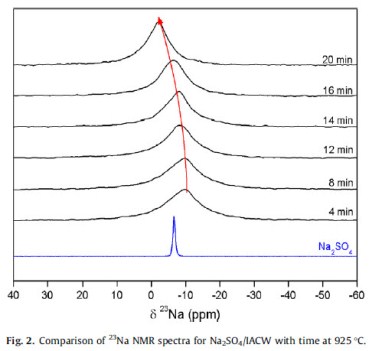Ask for a reprint
email :
* Give your email
2012
ACL
|
S.Guillot, A.Faik, A.Rakhmatullin, J.Lambert, E.Véron, P.Echegut, C.Bessada, N.Calvet, X.Py, 'Corrosion effect between molten salts and thermal storage material for concentrated solar power plants', Appl. Energy 94 174-181 (2012) doi:10.1016/j.apenergy.2011.12.057
Today, thermal energy storage (TES) is a key issue for concentrated solar power plants (CSP). The available and mature technologies of TES do not mach all the actualized criteria for those properties. Alternative approaches have to be identified and developed to guaranty the expected extension of CSP implementations with respect to the IEA 2050 scenario. In this context, promising hybrid TES systems based upon the combination of sensible heat and liquid / solid phase change material (PCM) sub-systems are considered. For the sensible heat stage, a recycled refractory ceramic made of inertized asbestos-containing waste (IACW) is proposed. For the PCM stage, high temperature inorganic salts are considered. One major aspect of the hybrid TES is the integration of the two stages together. Therefore, the present study is focussed on the needed assessment concerning the compatibility between the IACW and the molten salts in terms of corrosion. Sulphates, phosphates, carbonates and nitrates salts have been experimented and the corrosion effects characterized by in situ NMR, ex situ X-ray diffraction and Scanning Electron Microscopy. Among those available salts, only the nitrates have shown good compatibility with IACW materials. For higher temperature levels, other salts or eutectics will have to be considered to allow hybrid TES with direct contact.
|

|